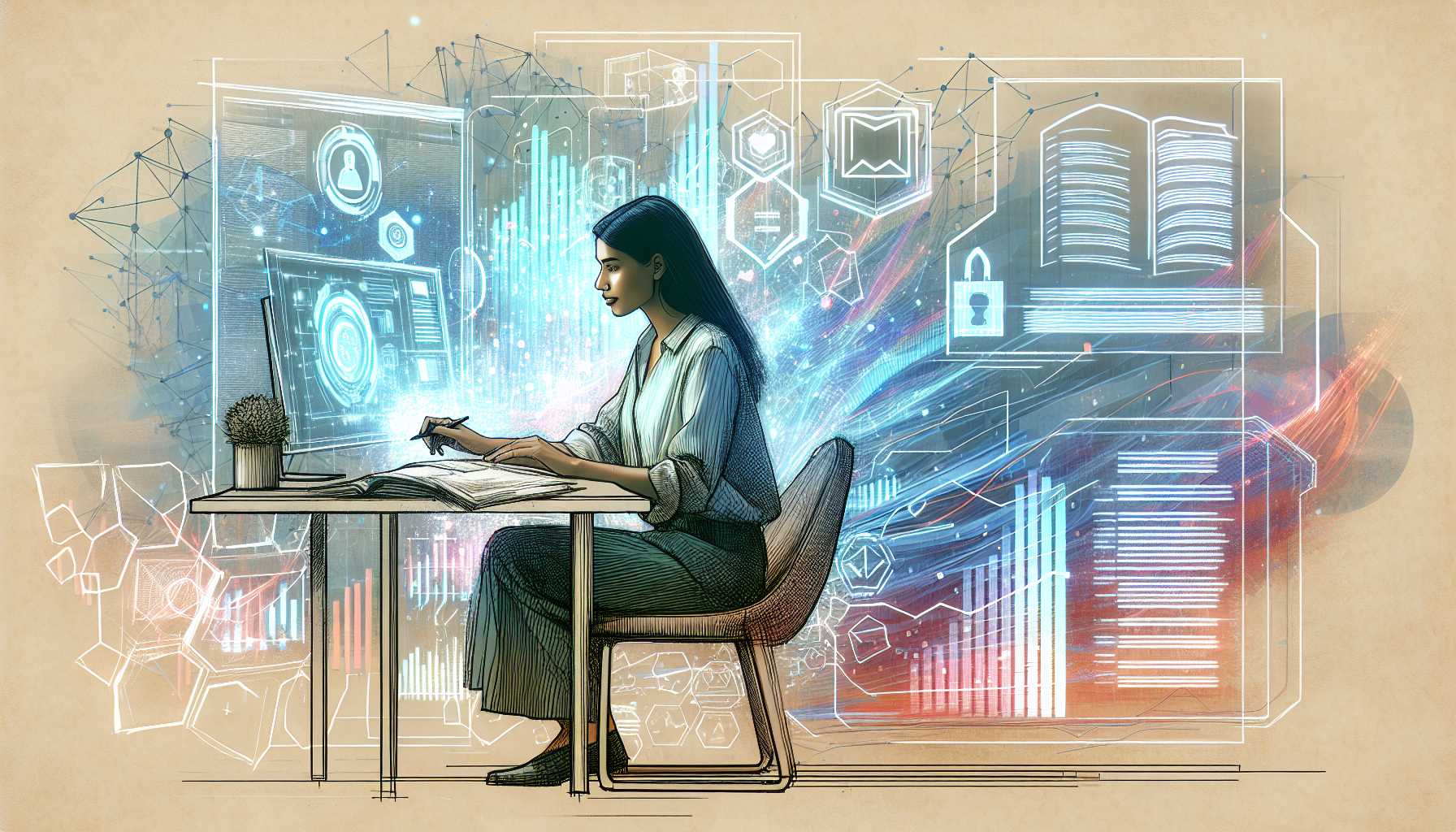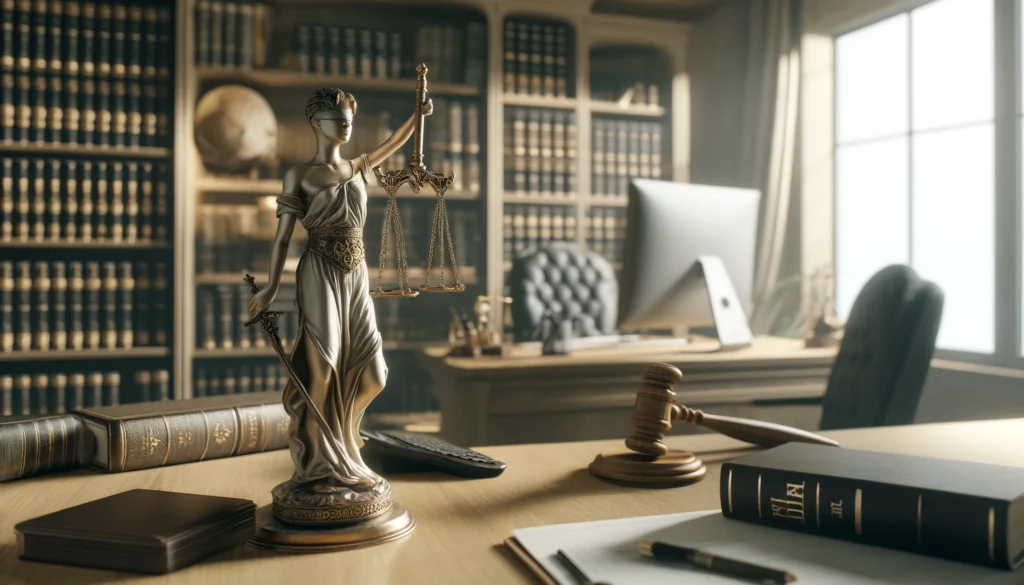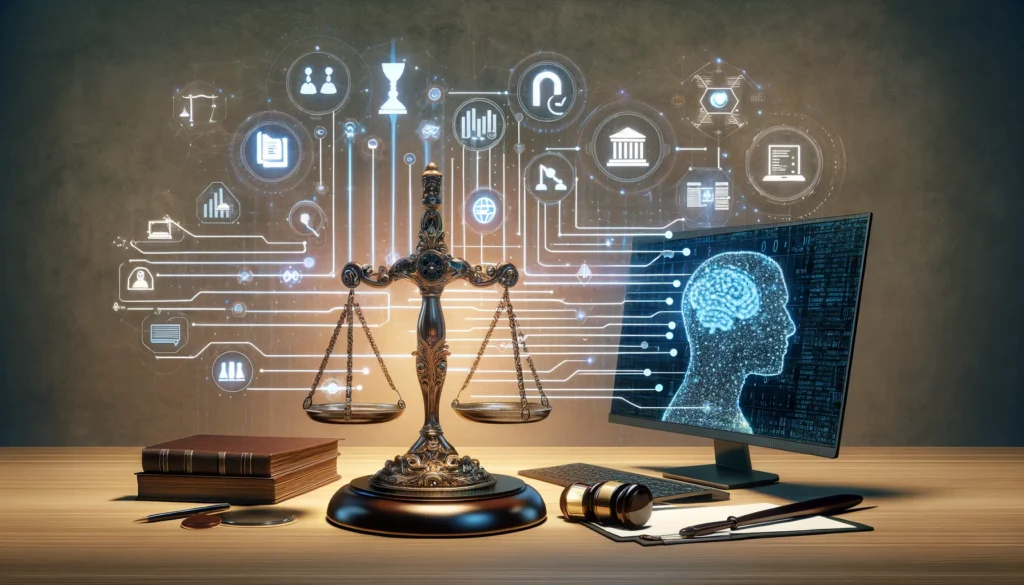
Introduction: Revolutionizing Paralegal Efficiency
The legal industry is no stranger to the evolving landscape of technological advancements. Traditional legal drafting has been labor-intensive, but the introduction of AI is transforming workflows. AI-powered tools like ChatGPT are ushering in a new era for paralegals, significantly enhancing their efficiency in drafting terms of service agreements and other legal documents.
Leveraging AI not only streamlines the drafting process but also ensures higher accuracy and consistency. This section sets the stage for understanding how AI can be effectively integrated into legal workflows.
Understanding Terms of Service: The Basics
Before we delve into the specifics of AI, it’s crucial to grasp the fundamentals of terms of service agreements.
The Importance of Clear and Concise Terms of Service
Terms of Service (TOS) agreements are vital for defining the relationship between a company and its users. Clear and concise terms protect both parties and reduce the likelihood of disputes.
Key Elements of Effective Terms of Service Agreements
- Acceptance of Terms: Clarity on what constitutes acceptance.
- User Responsibilities: Clearly state user obligations.
- Dispute Resolution: Define mechanisms for resolving conflicts.
- Jurisdiction: Specify the governing law and jurisdiction.
Now, let’s explore how ChatGPT can be utilized to optimize the drafting of these crucial documents.
The Power of Prompts: ChatGPT and Legal Drafting
Introducing an advanced tool like ChatGPT into legal drafting workflows revolutionizes the process. But how does it work?
Introduction to ChatGPT and Large Language Models (LLMs)
ChatGPT, a product of OpenAI, is based on advanced LLMs which understand and generate human-like text. Trained on diverse datasets, it can assist in drafting, refining, and reviewing legal documents.
The Science Behind Effective Prompting
The effectiveness of ChatGPT hinges on the quality of prompts. Well-structured prompts yield accurate and contextual responses, making the AI an invaluable drafting tool.
Benefits of AI in Drafting Legal Documents
Utilizing AI for legal drafting offers several advantages:
- Speed: Rapid generation of initial drafts.
- Consistency: Uniform language and structure.
- Scalability: Handle larger volumes of work.
- Cost Efficiency: Reducing man-hours spent on drafting.
Transitioning from understanding the benefits, let’s look at how to craft prompts that ensure optimal results.
Crafting Targeted Prompts: Techniques for Optimal Results
Effective prompting forms the backbone of using ChatGPT for legal drafting. Crafting precise and contextually accurate prompts is essential.
Structuring Prompts for Legal Specificity
To achieve accuracy in responses, prompts must be specific and detailed. For instance:
Create a term for an online service specifying user obligations regarding content uploads. Focus on prohibiting illegal and offensive content.
Sequential Prompting: Breaking Down Complex Clauses
Complex legal clauses can be broken down using sequential prompting. Start with a broad prompt and refine iteratively:
1. Draft a clause on user-generated content.
2. Specify prohibitions on illegal content within that clause.
3. Define penalties for violating the content policy.
Simulated Client Queries for Realistic Scenarios
Simulate client interactions to refine terms based on realistic scenarios:
Client Query: “What should our terms say about data privacy for European users?”
Draft a data privacy clause in compliance with GDPR for European users.
Refining Prompts for Tone and Clarity
Ensure the tone and clarity match the legal document’s requirements:
Rewrite the termination clause to be more straightforward and user-friendly.
With these techniques, prompts can be tailored for precision, leading to more refined output. Next, we will explore the practical integration of AI into the drafting process.
Enhancing Drafts with AI: Detailed Walkthrough
Integrating ChatGPT into the drafting process requires a methodical approach, ensuring accuracy and compliance.
Initial Draft Creation: Sample Prompts and Responses
Start with broad prompts to create a foundational draft:
Draft a comprehensive Terms of Service agreement for an online e-commerce platform.
Analyze the generated draft and identify sections needing refinement.
Iterative Refinement: Improving Drafts through Feedback Cycles
AI-generated drafts often require iterative improvements. Provide specific feedback to refine sections:
Revise the payment terms to include details on refunds and chargebacks.
Repeat the feedback cycle until the draft meets all necessary criteria.
Ensuring Compliance: Checking for Legal Validity and Consistency
Even with AI assistance, human oversight is crucial. Cross-check the draft for legal validity and consistency, ensuring adherence to applicable laws.
Incorporating Jurisdiction-Specific Clauses
Adapt the generated content to include jurisdiction-specific clauses:
Add a clause detailing California’s consumer rights under the CCPA.
This systematic approach ensures that the final draft is comprehensive and compliant. However, human expertise remains invaluable to the process.
Best Practices: Harmonizing AI and Human Expertise
While AI can significantly enhance drafting efficiency, it is essential to balance it with human oversight. Paralegals and legal professionals must review and refine AI-generated drafts to ensure quality and precision, thereby harmonizing AI efficiency with human expertise.
Tools and Resources: Expanding Your AI Toolkit
Numerous AI tools can complement ChatGPT in the legal drafting process. Here are some recommendations:
- LawGeex: Automated contract review tool.
- ROSS Intelligence: Legal research assistance.
- Kira Systems: Contract analysis and due diligence.
Additional resources can also prove invaluable:
- Legal Tech Blogs: Stay updated on AI advancements in law.
- Webinars and Workshops: Gain practical insights into using AI tools.
Utilizing these tools and resources effectively can elevate the capabilities of paralegals in legal drafting. Finally, let’s consider the future of AI in legal workflows.
Conclusion: Future-Proofing Legal Workflows
The integration of AI in legal workflows is an ongoing evolution, promising continually enhanced productivity and accuracy. Embracing AI-driven solutions like ChatGPT allows paralegals to future-proof their workflows, ensuring they remain at the forefront of efficiency and innovation in the legal industry.
As the legal landscape continues to evolve, the synergy between AI and human expertise will undoubtedly lead to more efficient and high-quality legal drafting processes, setting a new standard for the industry.


